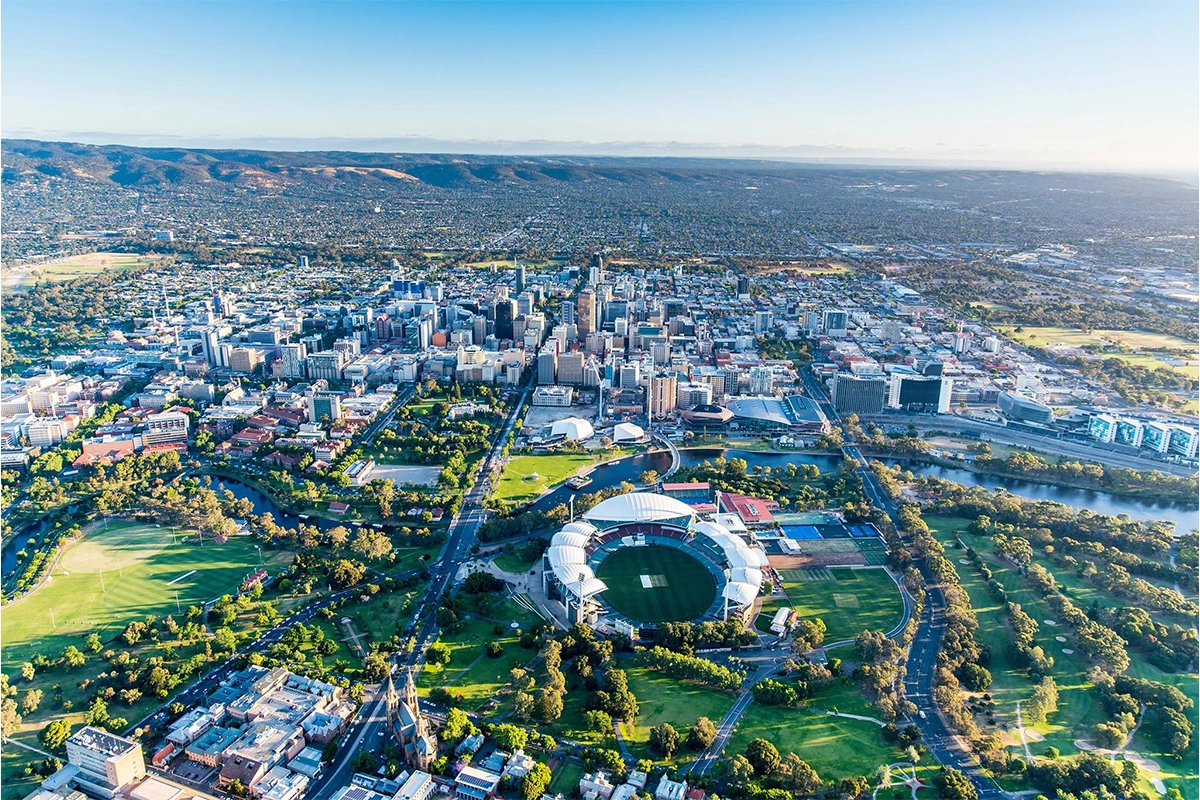
12 Jul Adelaide’s Growth Plan: What It Means for Property Investors in 2025 and Beyond
Adelaide Property Investment 2025: Key Growth Corridors and Planning Insights
Adelaide is entering a new phase of transformation, driven by strategic urban planning, population growth, and evolving infrastructure needs. The recently released Plan for Greater Adelaide outlines a bold vision to accommodate an additional 700,000 residents by 2051—an ambition that carries significant implications for the property market. For property investors and developers, understanding the direction of Adelaide’s urban growth is essential to identifying opportunities and staying ahead of market shifts.
This blog explores how Adelaide’s planning vision impacts residential and commercial property sectors, identifies key growth corridors, and highlights why now is a critical moment to assess investment opportunities in the South Australian capital.
Understanding the Plan for Greater Adelaide
The Plan for Greater Adelaide, launched in early 2025 by the South Australian Government, aims to support a growing population by providing 300,000 new homes over the next 25 years. With a focus on sustainable urban infill, improved transport connectivity, and resilient infrastructure, the plan redefines how Adelaide will grow while maintaining its renowned livability.
Key objectives of the plan include:
- Delivering more medium-density and mixed-use developments, particularly along key transport corridors
- Encouraging infill development in existing suburbs to limit urban sprawl
- Enhancing walkability, access to green spaces, and sustainable infrastructure
- Prioritising affordable and diverse housing options
For investors, these pillars provide a blueprint for where demand is likely to rise and where government policy will support future development.
Infill Development: A New Era of Urban Density

One of the most significant aspects of the plan is its strong focus on infill development. Rather than pushing Adelaide’s urban boundary outward, the strategy emphasises utilising land within existing suburbs more efficiently. This means more townhouses, apartments, and mixed-use buildings in established communities close to services, schools, and transport links.
Suburbs such as Norwood, Prospect, Unley, and parts of Marion are expected to see increased redevelopment activity, creating new opportunities for small-scale developers and investors targeting boutique apartment projects or subdividable lots.
Infill development aligns with broader demographic trends, including a growing preference for low-maintenance, walkable lifestyles among downsizers and young professionals. The ability to deliver modern, well-located housing in these established suburbs will be crucial to meeting future demand.
Growth Corridors and Infrastructure Investment
While infill development will play a major role, the plan also highlights several strategic growth corridors that will absorb new population clusters. These include areas in the north and south of Adelaide, such as:
- Gawler to Elizabeth: Boosted by improved rail connectivity and industrial precincts
- Seaford to Aldinga: Supported by the Southern Expressway and planned town centre enhancements
- Mount Barker: Continuing as one of the fastest-growing regions in South Australia, with ongoing investment in local infrastructure and services
These corridors are expected to benefit from coordinated infrastructure planning, including new schools, transport hubs, and healthcare facilities. Property within these growth areas may appeal to both investors seeking long-term capital growth and developers aiming to deliver affordable housing options at scale.
Importantly, the plan also emphasises aligning land release with infrastructure delivery—helping to avoid some of the supply bottlenecks and under-serviced estates seen in other capital cities.
The Role of Transport-Oriented Development
Transport-Oriented Development (TOD) will be a central feature of Adelaide’s future urban fabric. The plan encourages higher-density residential and commercial development around train stations, tram lines, and major bus corridors.
For property stakeholders, this presents several key considerations:
- Location premium: Properties within walking distance to public transport nodes are likely to command higher tenant and buyer interest
- Development feasibility: Local councils and planning authorities may offer streamlined approval pathways for developments that align with TOD principles
- Mixed-use potential: Projects combining residential, retail, and commercial space may become more viable as commuter foot traffic and population densities increase
Areas like Bowden, Tonsley, and the Flinders precinct are already seeing early signs of successful TOD, offering case studies for what can be achieved through coordinated planning and private-sector collaboration.
Housing Diversity and Affordability
A major challenge addressed in the plan is ensuring that Adelaide’s housing remains accessible as the population grows. Recent years have seen upward pressure on property prices and rents, prompting renewed focus on affordable housing delivery.
To this end, the plan supports policies that encourage:
- Build-to-Rent developments: Offering professionally managed, long-term rental housing
- Social and key worker housing: Particularly near employment and transport hubs
- Zoning reforms: Making it easier to develop townhouses, dual occupancies, and low-rise apartments
For investors, these trends open up new asset classes and funding structures. There is increasing institutional interest in Adelaide’s relatively stable residential market, especially in developments that meet sustainability, affordability, and social inclusion benchmarks.
Environmental and Planning Considerations
Another cornerstone of the plan is environmental resilience. As climate change continues to impact urban areas, developers and property owners are being asked to prioritise:
- Water-sensitive urban design
- Urban heat mitigation through tree canopy cover
- Energy-efficient building design
- Minimising flood risk through improved stormwater systems
While this may increase upfront costs for some projects, it also adds long-term value and aligns with tenant preferences for sustainable living environments. Future-proofing property assets will become increasingly important from both a risk management and capital growth perspective.
Strategic Implications for Property Investment
Adelaide’s strategic planning direction presents a strong case for considered property investment. While demand is rising, so too are expectations around design quality, environmental standards, and alignment with broader infrastructure goals. Investors who can adapt to these changing dynamics are likely to benefit from strong rental yields, reduced vacancy rates, and long-term capital appreciation.
Key takeaways for stakeholders include:
- Monitor zoning changes and council precinct plans in infill suburbs
- Consider growth corridors backed by state infrastructure investment
- Explore TOD opportunities in suburbs near transit upgrades
- Assess demand for alternative housing models such as Build-to-Rent and co-living
- Factor in environmental design requirements early in the feasibility process
Final Thoughts
Adelaide’s Plan for Greater Adelaide marks a turning point in how the city approaches growth. By focusing on smart density, connected communities, and housing diversity, the plan creates a stable foundation for future property development and investment.
For developers, buyers, and investors, the challenge will be to align projects with this broader vision—balancing profitability with planning priorities, and seizing opportunities in locations poised for transformation.
As Adelaide continues to evolve, those who understand and anticipate the direction of change will be best placed to benefit from the city’s next chapter. Connect with the experts at Property Finance Invest to access strategic insights, market-aligned finance solutions, and tailored property investment support across South Australia’s key growth areas.


